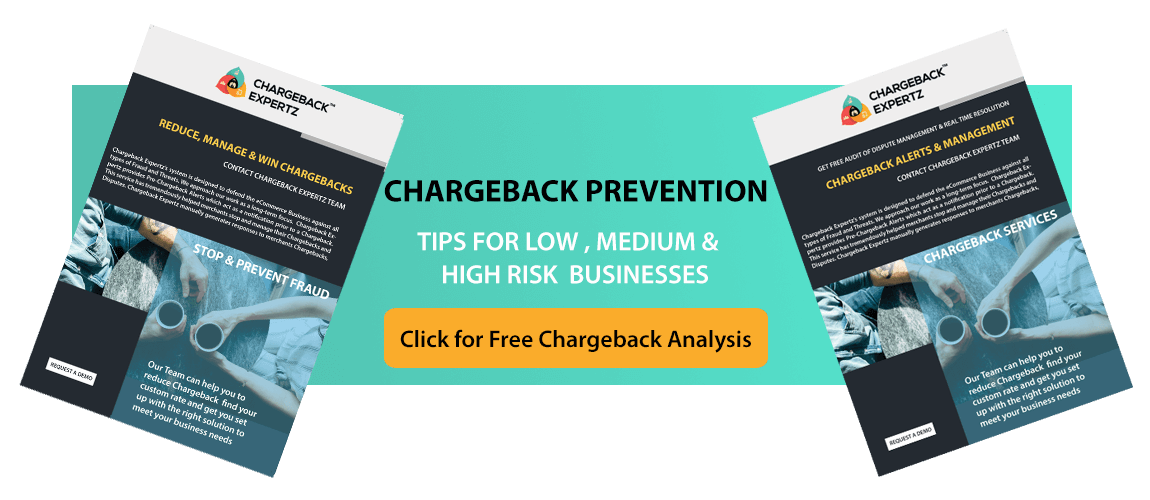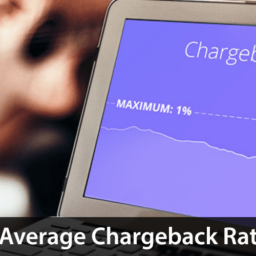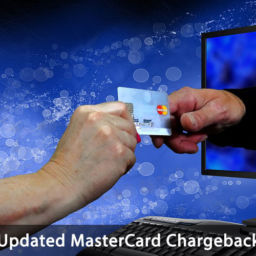
Chargeback Ratio, also known as CTR (Chargeback-to-Transaction Ratio) is the number of chargebacks received by a merchant in a calendar month by the total number of transactions in that month. It can be easily calculated by dividing the total number of chargebacks by the total number of transactions within a calendar month. Generally. The accepted chargeback ratio industry-wide is 1%. Although chargeback ratio depends upon the type of industry you operate in.
How to Calculate the Chargeback Ratio?
Let us understand the concept through a hypothetical example. Let’s assume that a merchant has received 50 chargebacks in the month of May (30 days). Now, what a merchant should look for is the number of sales transactions processed in the previous month. Which will be April in this case. Let the number of the transactions be 5000 in the month of April. Now, to calculate the chargeback ratio, all you have to do is divide number of transactions with the number of chargebacks received, i.e. (50 / 5000). The result will be 1%, which is acceptable.
Chargeback ratio=Number of chargeback in one calendar month
Total number of transaction in that month
Consequences
If a merchant is unable to maintain the chargeback ratio below 1% or we can say that the chargeback ratio is more than 1%, then the merchant is considered as a high-risk merchant and the consequences will be:
- Placed in excessive chargeback monitoring program
- Receive additional fine and fee until and unless the chargeback ratio decreases to 1%, which is the acceptable percentage.
- The merchant may lose processing privileges if he/she is not able to reduce the chargeback ratio.
So, it is important for every merchant to take preventative measures to safeguard his/her business from reaching to more than 1% chargeback ratio.
If the Chargeback ratio goes beyond 1%
If the merchant’s chargeback ratio has gone beyond 1% for the first time, normally the processor will provide time to the merchant to get it under control but if the merchant is still not able to maintain the chargeback ratio and has received a warning. Then the merchant might get blacklisted or under MATCH list. When the name comes in the MATCH list, it means that the processor has fired the merchant. The reasons may go as follows:
- excessive chargebacks
- illegal transactions
- fraudulent transactions or money laundering
Win-rate Impact on Chargeback Ratio
It is unfortunate that even if the merchant wins nearly every chargeback dispute. It will not affect the chargeback numbering or count. This is due to the fact that the processor simply checks the number of chargebacks, not number of chargebacks won. If the volume of chargeback increases, the processor will generate warning or alert, irrespective of the disputed chargebacks being won by the merchant.
Chargeback Rate
The high rate of chargeback can affect the flow of cash, payment methods and smooth functioning of the business. A merchant who is there in business for a longer period of time and accepts credit card would probably know about it already. As a rule, the rate below 1% is considered acceptable and if is above it, it is considered excessive. Although normal chargeback rate should be somewhere close to zero it is next to impossible to attain that, so it depends upon the category of the industry you are in.
It is essential for a merchant to consider chargeback prevention tools and chargeback alert system to prevent losing his merchant account.
![]()
Email us anytime!
Email customer service 24/7
![]()
Call us anytime!
Reach customer care 24/7 at +1 (888) 901-8653





